Who Are The Free Masons? What Is Freemasonry?
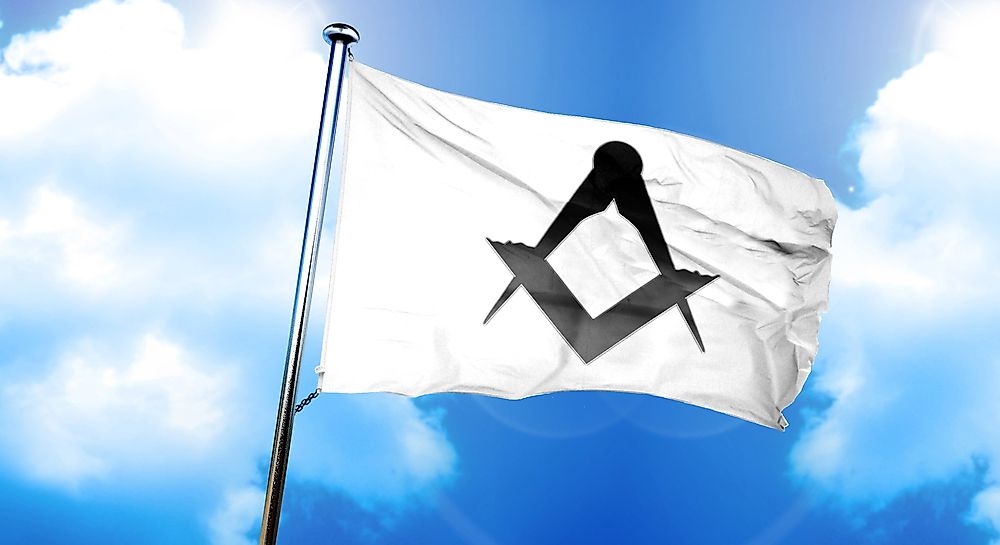
Freemasonry is a fraternal society of men that dates back to at least 1717 AD. Members of this organization are referred to as freemasons. It is rooted in the historic fraternal orders of stonemasonry, dating back to the late 14th century.
5. Organization and Objectives of Modern Masonic Lodges -
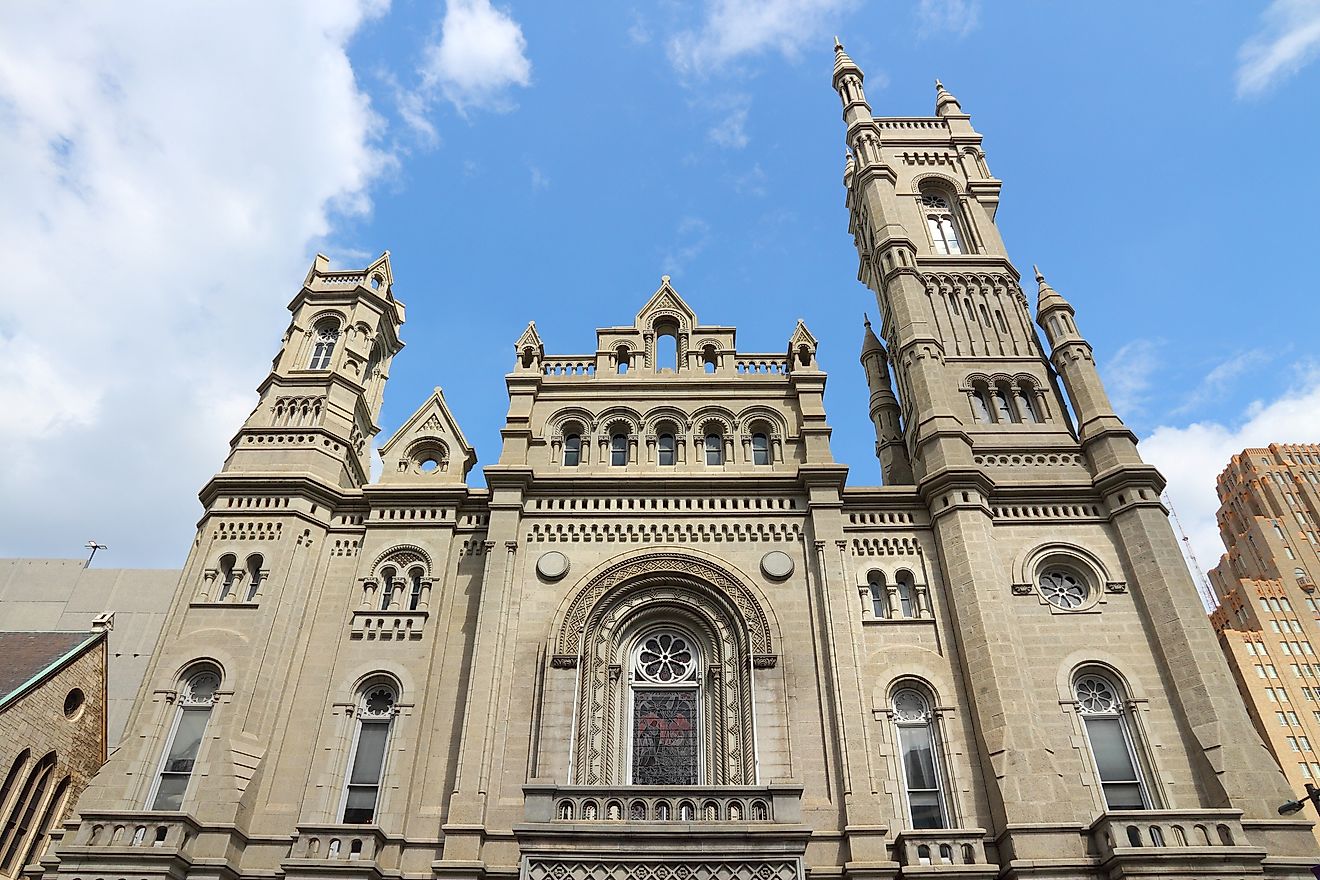
Freemasonry is a non-religious and non-political organization, and discussing religion and politics are prohibited at the Lodges. However, many lodges require that members believe in some form of a greater being or deity, which is referred to as the “Great Architect of the Universe”. The original objective of joining a Lodge was to have a sense of community, brother, and friendship outside of the constraints of the Catholic Church.
Freemasonry is organized at a local level around the Lodge. The local Lodge is managed at a regional level by the Grand Lodge (also known as the Grand Orient), which does not necessarily collaborate with other Grand Lodges around the world. If two or more Grand Lodges recognize each other officially, they are considered to have amity, meaning members may visit and interact with each other as Freemasons.
The largest membership in the world is at the United Grand Lodge of England, with around 250,000 members. Freemasons are divided into degrees of membership, including: Apprentice, Journeyman (also known as Fellow or Fellowcraft), and Master Mason.
4. Medieval Craft Guilds and the Birth of Freemasonry -
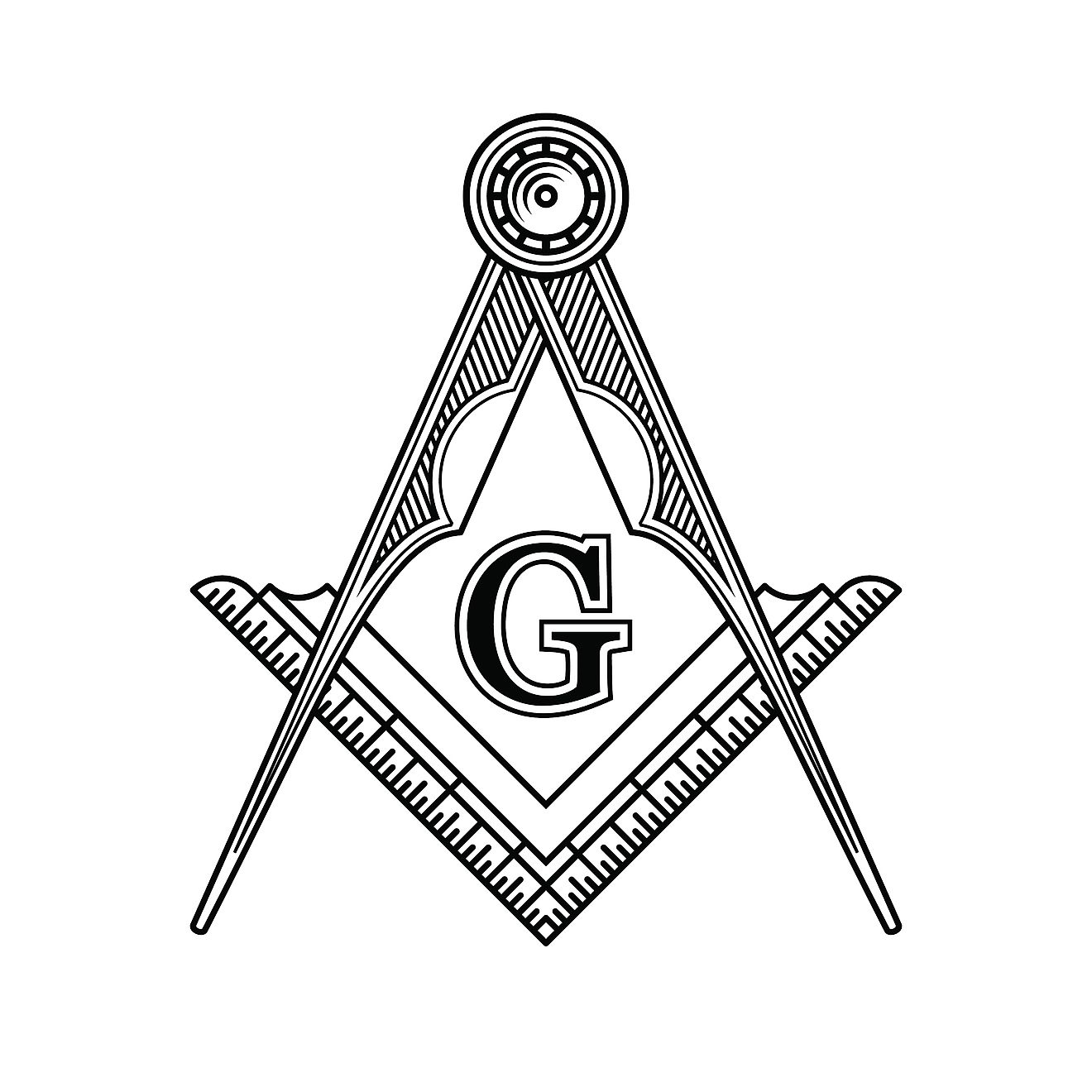
Some of the earliest known masonic written works date back to 1390 AD and reference the origin of the craft of masonry, tracing it back to the biblical era. These were the works of medieval craft guilds, which began as groups of united craftsmen gathered to protect their common interests. To become a guild member, the craftsmen had to swear an oath to support each other, to eliminate certain enemies, and to help one another during conflict or new business ventures. This oath was looked down upon by the Catholic Church. Members gathered and kept their tools in lodges and developed secret rituals and customs to identify themselves. These guilds grew to strongly influence the local economy by controlling production and prices.
Freemasonry evolved from these craft guilds to a fraternal organization of religious tolerance and intellectual debate. It got its official start with the foundation of the Premier Grand Lodge of England in 1717, when James Anderson was tasked with consolidating the historic masonic texts into a modern Constitution. Membership was rooted in the Age of Enlightenment and the Scientific Revolution of the time. Additionally, the freemasons preserved ancient ritualistic traditions of the medieval craft guilds, including advancement through the previously named degrees.
3. Role of Freemasonry in European and North American History -
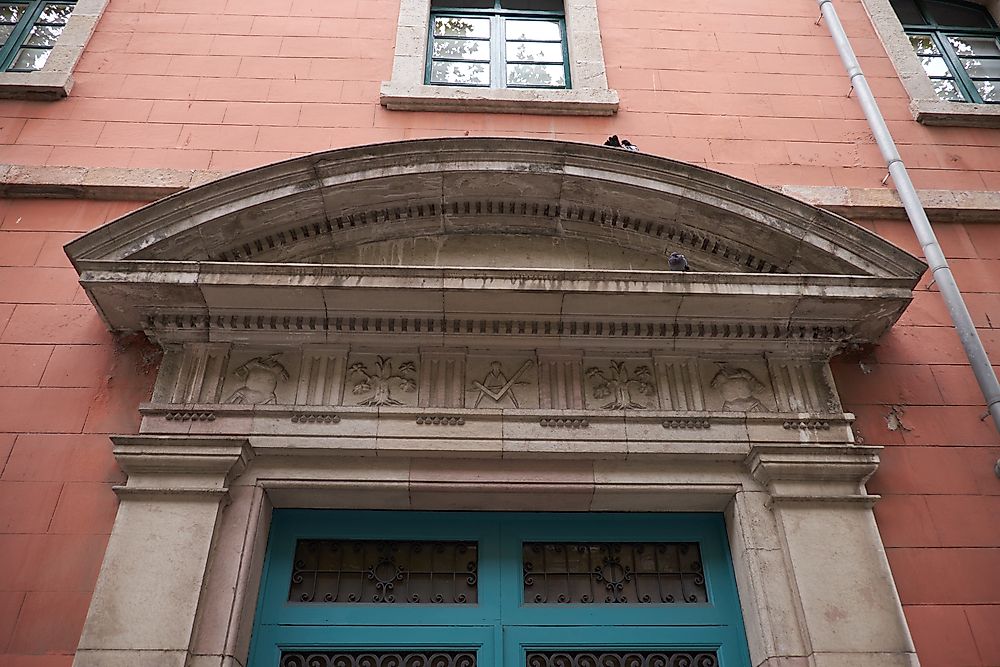
After its establishment in London, Freemasonry spread throughout Europe. The government and the Catholic Church continued to be critical of this fraternity, particularly of its secrecy and religious beliefs. The organization was banned by France, Portugal, and the Catholic Church.
Under such strict scrutiny, Freemasons looked to move their beliefs and establishment elsewhere. Colonists moved to North America and established Lodges in Boston and Philadelphia (while maintaining their relation with the Grand Master in England). Many historians suggest that Freemasons were the driving force behind the growing desire for independence from the English crown. Some people suggest that they are responsible for the Boston Tea Party and the beginning of the Revolutionary War. Both Benjamin Franklin and George Washington were Freemasons.
After independence, American Freemasons further separated from the Grand Master in England and established Grand Lodges in the new country. This movement is divided between those of the Scottish Rite and those of the York Rite.
2. Conspiracies, Criticisms, and Controversies -
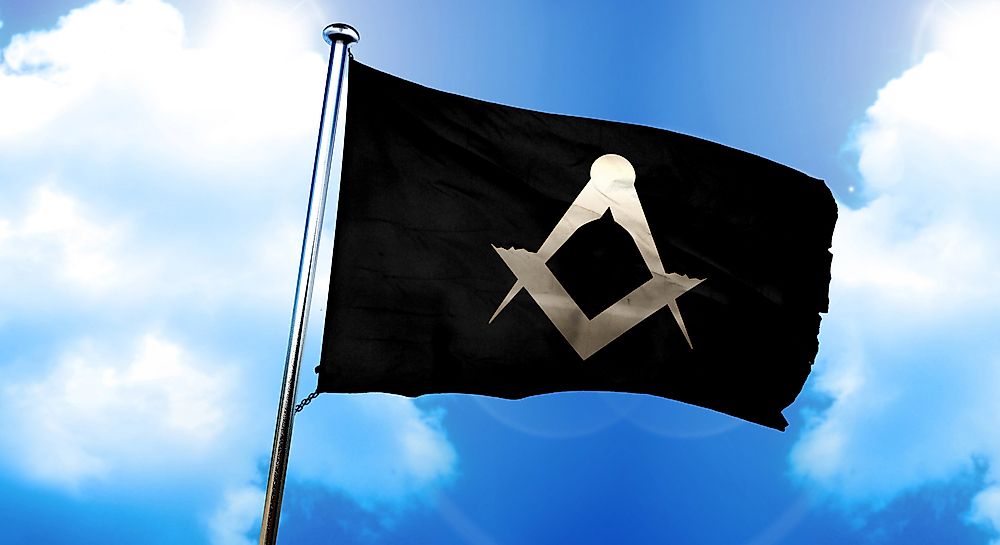
Freemasonry has been criticized by several organizations and individuals, including governments, religious institutions, and conspiracy theorists. One of the most common conspiracies surrounding the Freemasons is that they are involved with a group known as the Illuminati. It is believed the the Illuminati are against governments and religions and that they want to establish a New World Order. Other critics believe that Freemasons worship Satan, that they want to control global financial institutes, and that they were involved in the assassination of President John F. Kennedy. It is because of their strict secrecy that these conspiracies, criticisms, and controversies have emerged.
1. Cultural and Geopolitical Significance and Legacy -
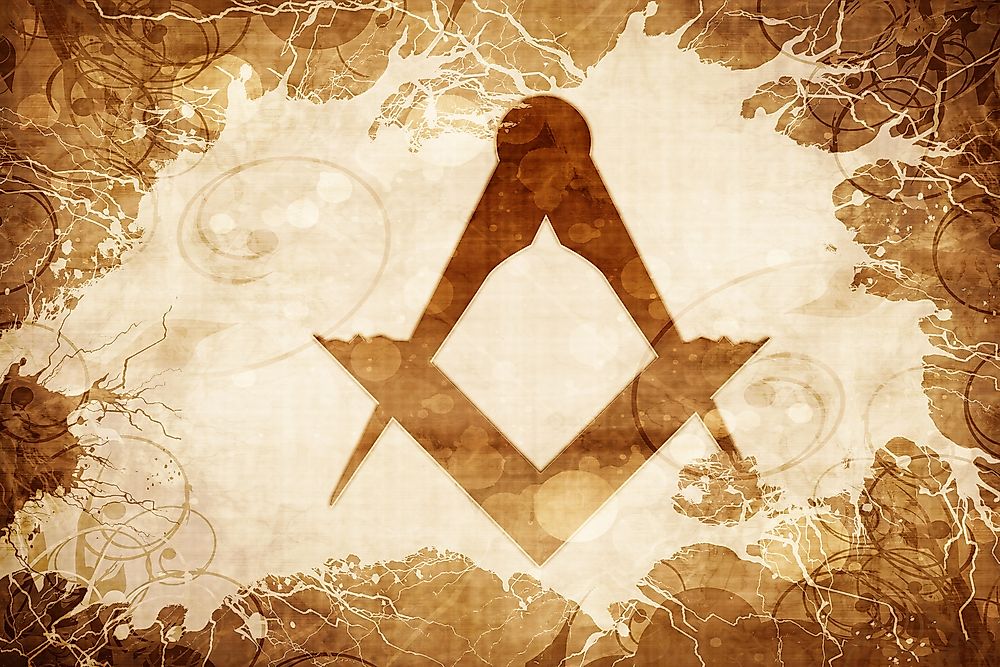
The Freemason brotherhood will always hold cultural significance as an organization that has helped shape history. Its legacy will continue through its rituals and practices of passing along information and sharing knowledge among members. Additionally, Freemasonry will always be remembered for some of its most famous members, including: Winston Churchill, Harry Houdini, Paul Revere, Henry Ford, John Glenn, and Charles Lindbergh.











